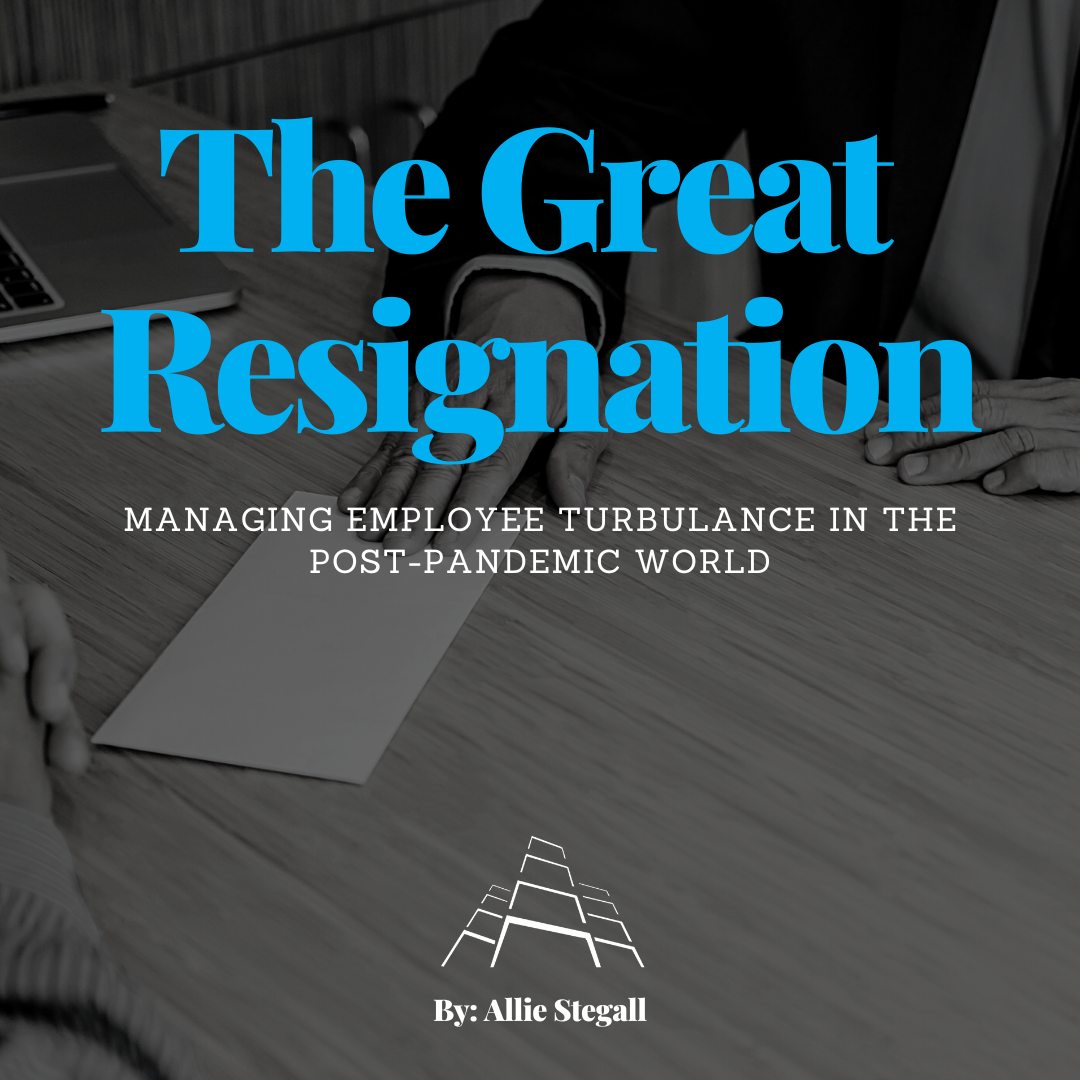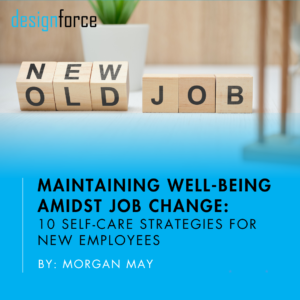The great resignation is upon us. As we begin to see the end to the pandemic that rocked our world on a health and economic scale, more and more individuals within the built environment and other industries have decided to leave their jobs. According to the Labor Department, US workers leaving their jobs has increased to 2.7% in April 2021, the highest level since 2000. For perspective, this same rate in 2020 was 1.6%. The pandemic has revealed a significant shift in the 21st-century zeitgeist. The once deemed “normal” workday, consistent with lengthy commutes and geographic limitations, is now being challenged as people are beginning to rethink the employee-employer relationship.
As we transition into a post-pandemic workplace, employees examine how their organization has treated them throughout this time of crisis and are making deliberate decisions to leave their firm if they feel a lack of empathy and flexibility. Architecture and Engineering organizations must analyze how to keep their staff engaged, fulfilled, and valued to promote retention. For some employees, a long commute is no longer feasible, and continued flexible time to care for family is all that more critical. When evaluating the catalysts behind this resignation wave, it’s paramount to understand employee and employer perspectives.
The Employer
As an employer facing this resignation wave, don’t lose faith in your team and assume all are disengaged. During times of change and workforce disruptions, the “three C’s” are paramount; communication, communication, communication. Recognition goes a long way in the continued happiness of your staff. The pandemic was not only just a transitionary period for employees but also businesses as well. Understanding how to continue working with a team in a hybrid environment and engaging employees still remote is at the forefront of an organization’s mind. When one of the most important aspects of a relationship is proximity, those closest to us are easiest to collaborate with and build close relationships with, leading to increased empathy and connectedness. Now that a hybrid work environment is the new normal focusing on organizational culture is key to effectively connecting with all team members, no matter their geographic location.
The Employee:
Shifting your career is a significant decision, and it is crucial to consider numerous things before tendering your resignation. It’s essential to evaluate and understand your career values; what are essential aspects you must see in your career to ensure you are progressing forward and key motivators that lead to the highest level of fulfillment and engagement are met. Evaluate or “grade” your organization on those values; how do they align with them? Aligning one’s career values to an organization’s mission, vision and values lead to long-term happiness. The year 2020 was one of struggle and resilience; many individuals have now opted to look for organizations promoting a balanced and caring work environment. If you decide that a career shift is ideal after analyzing your values, make your intentions clear with your manager during a formal resignation conversation. Take the time to schedule a meeting with a manager to inform them of your departure. It’s vital that before this conversation, you have a confirmed start date from the new organization as this is an irreversible conversation. Be brief, be bold, and ultimately be grateful for what the organization has done to prepare you for this opportunity.
Understanding and having a shared vision and purpose for the work you do is vital in keeping the workforce engaged. Leaders need to intentionally speak about the company’s purpose, discussing the big picture and the overall goals of the organization to ensure the staff feels their work is connected to and contributing to the organization’s success. Regardless of what side of the wave you are on, know that communication, empathy, and adaptability are critical skills to foster in this new, rapidly changing environment. Successful organizations will understand the unique perspective of employees.

Related Posts
Let's learn together.
Stay inspired and in the know on all things A|E|C.
Sign up for our monthly newsletter.










